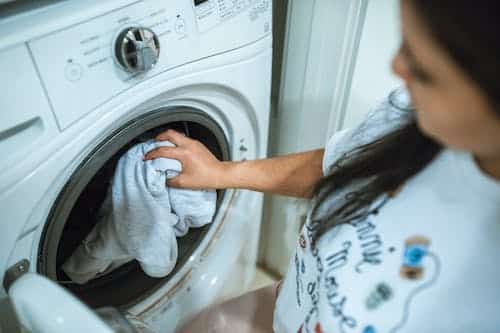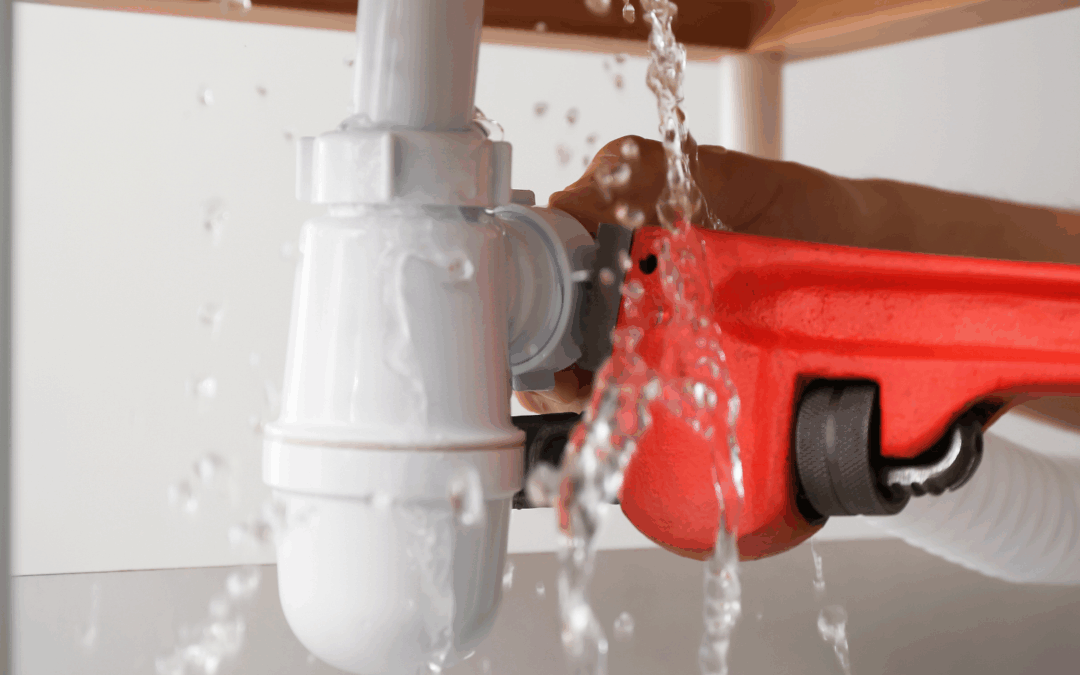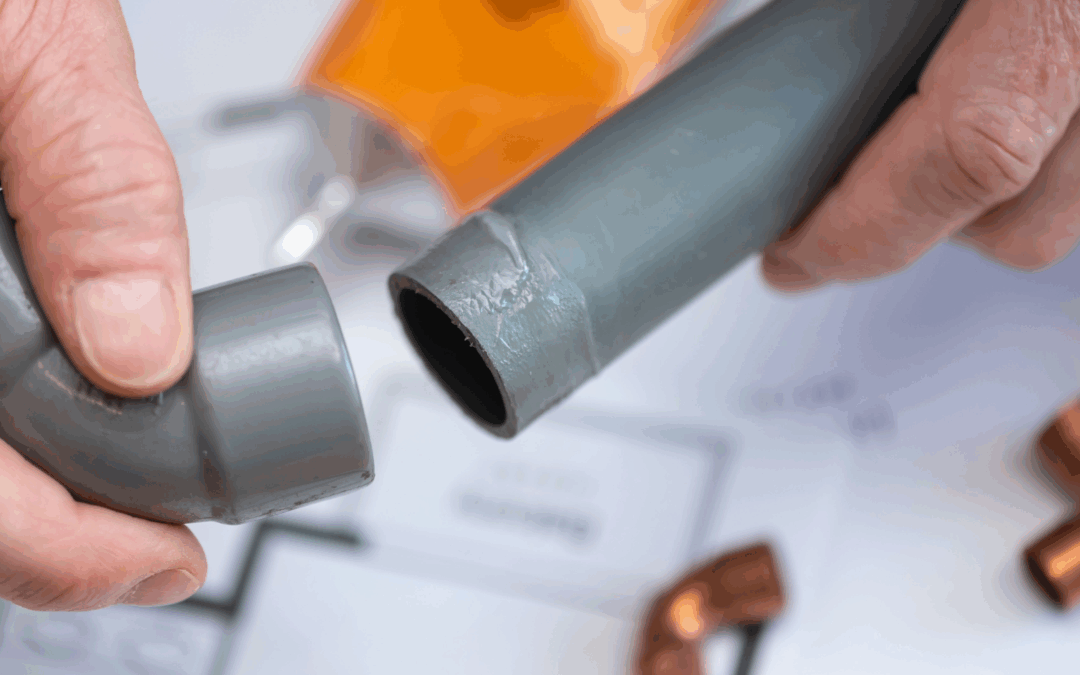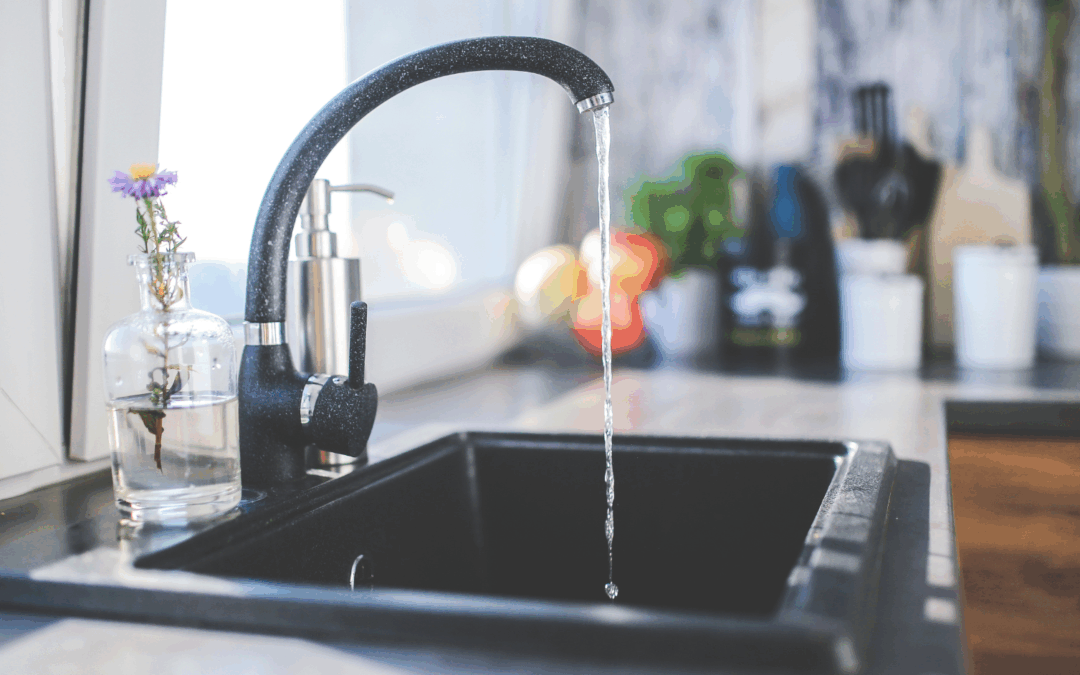Have you ever wondered how to clean your washing machine? Cleaning your washing machine is often overlooked, but it’s essential in keeping your clothes clean and easily removing dirt, stains, and grime. Over time, your washing machine will build up dirt and residue, creating an environment for mold and bacteria to grow. In this blog post, we’ll provide you with the ultimate guide on how to clean your washing machine effectively.
Step 1: Check the Manufacturer’s Instructions
The first step in cleaning your washing machine is to check the manufacturer’s instructions. Different types of washing machines may require different cleaning methods. For example, front load washers usually require more maintenance than top-loaders. So it’s essential to check the manual and follow the instructions accordingly.
Step 2: Run a Hot Cycle with Vinegar
To clean your washing machine, you’ll need white vinegar, a cleaning brush, and a microfiber cloth. The first step is to run a hot cycle with distilled white vinegar. Pour two cups of white vinegar into the drum and let the machine agitate for a few minutes. Then turn off the machine and let the vinegar sit for an hour. After an hour, turn the machine back on, and let it complete its cycle. The vinegar will help remove any mold, bacteria, and mineral buildup from your machine.
Schedule Service Online
Get a free estimate so you know what you're signing up for
"*" indicates required fields
For Emergency Services Call: 410-255-9300
Step 3: Clean the Detergent Drawer and Filter
The detergent dispenser drawer and filter are often overlooked in washing machine cleaning. However, these areas can harbor dirt and residue, leading to bad smells and bacteria growth. So it’s essential to clean them regularly. To clean the detergent drawer, remove it from the machine and wash it in warm soapy water. Then use a cleaning brush to remove any residue from the drawer. To clean the filter, locate it at the bottom of the machine. Remove any visible debris and rinse it under running water.
Step 4: Clean the Drum
To clean the washing machine drum, spray a mixture of baking soda and water onto the drum. Then scrub the inside of the machine using a cleaning brush or sponge. Be sure to clean the inside of the front rubber seal, door seal and the drum’s rim thoroughly. After cleaning, run another cycle with hot water to rinse off the baking soda residue.
Step 5: Clean the Exterior
The last step is to clean the washing machine’s exterior. Wipe down the control panel, lid, and exterior of the machine with a microfiber cloth. Use a cleaning solution of warm water and vinegar to the damp cloth to remove any dirt, stains, or fingerprints.
5 Common Mistakes to Avoid When Cleaning Your Washing Machine
A washing machine is an essential household appliance that simplifies our chores and helps us maintain a clean home. However, it is equally important to take care of the washing machine itself to ensure that it functions efficiently. Cleaning your washing machine is an essential part of maintenance that can extend its lifespan and save you money on repairs or replacements. Keep reading as we will discuss the five most common mistakes people make when cleaning their washing machines and how to avoid them.
Using Too Much Detergent
Many people believe that adding an extra scoop of detergent helps to clean their clothes better. However, this leads to soap buildup inside the washing machine, which can cause clogs and affect the machine’s performance. It can also lead to an unpleasant odor in the machine. To avoid this, always use detergent recommended by the manufacturer, and follow the instructions on the label carefully.
Using Too Much Bleach
Bleach is a powerful cleaning agent that can remove stubborn stains and disinfect the washing machine. However, using too much bleach can corrode and damage the machine’s rubber seals and gaskets, leading to leaks and malfunctions. To avoid this, use the right amount of liquid chlorine bleach recommended by the manufacturer, and dilute it properly with water before adding it to the machine.
Neglecting the Lint Filter
The lint filter is an essential part of the washing machine that traps lint, hair, and other debris during the washing cycle. Neglecting to clean the lint filter regularly can cause blockages and affect the machine’s performance. To avoid this, clean the lint filter after every wash, and remove any debris trapped inside it.
Leaving the Door or Lid Closed
Leaving the washing machine door or lid closed after a wash can create a damp environment inside the machine, leading to the growth of mold and mildew. This can cause an unpleasant odor and affect the quality of your clothes. Always leave the front door open or lid open for a few hours after a wash to allow the machine to dry.
Using Harsh Cleaning Agents
Using harsh cleaning agents such as ammonia, or abrasive cleaners can damage the washing machine’s interior and exterior surfaces. These agents can corrode the machine’s metal parts and remove the protective finish, leading to rust and corrosion. To avoid this, use mild cleaning agents recommended by the manufacturer, such as baking soda or mild dish soap.
Cleaning your washing machine is an essential step in keeping it functioning efficiently and prolonging its lifespan. Avoiding these common mistakes can save you a lot of money and ensure that your machine runs smoothly for years to come. Remember to always check the manufacturer’s cleaning instructions, use the right cleaning agents and amounts, and clean the lint filter regularly. With these tips, you can keep your washing machine in top condition and maintain a clean and healthy home.
How Often Should You Clean your Washing Machine?
Washing machines are a household staple for washing clothes. We rely on them to keep our clothes clean and fresh, but how often do we think about keeping the washing machine clean? It is common knowledge that a clean washing machine is key to getting fresh air dry, clean clothes every time you wash, but how often should you clean your washing machine? Lastly, will discuss the different factors that determine how often you should clean your washing machine to maintain its performance and longevity.
Type of Washing Machine:
The type of washing machine you own is a major factor in determining how often you need to clean your washing machine. If you have a front-loading machine, it is important to clean it at least once a month. This is because a front-loading washing machine tends to accumulate more water and moisture in the rubber gasket than top-loading washing machines. If you own a top-loading washing machine, you can clean it every three to six months.
Frequency of Use:
The frequency at which you use your washing machine also plays a significant role in determining when you should clean it. If you use your washing machine frequently, you should clean it more often than if you only use it occasionally. If you are doing a load of laundry every day, it would be wise to clean your washing machine once a month. If you only do laundry once or twice a week, you can clean the washing machine cleaner every three to six months.
Water Hardness:
The hardness of your water can also determine how often you should clean your washing machine. If your water supply is hard, it means it has a high mineral content. These minerals can deposit in the washing machine and cause it to become clogged, reducing its performance. If you live in an area with hard water, it is recommended to clean your washing machine every three to four months.
Type of Detergent:
The type of detergent you use can also affect the frequency at which you need to clean your washing machine. If you use a liquid detergent, it can leave residue in the already smelly washing machine, particularly in the dispenser drawer. In this case, it is advisable to clean your washing machine every three months. However, if you use a powdered detergent, you can clean your washing machine every six months.
The frequency at which you need to clean your washing machine depends on a variety of factors – the type of washing machine you have, how often you use it, the hardness of your water, and the type of detergent you use. In general, it is a good idea to clean your washing machine every three to six months, depending on these factors. Regular cleaning will ensure that your machine is free of dirt, bacteria, and other contaminants, which will improve its performance and prolong its lifespan. So, the next time you do a load of laundry, take some time to deep clean your washing machine as well – your clothes and your machine will thank you!
Cleaning your washing machine is essential in keeping your clothes clean and maintaining its longevity. It’s not a complicated process, but it’s often overlooked, leading to mold and bacteria growth. You can keep this from happening by following the steps listed above. Remember to check the manufacturer’s instructions, run a hot cycle with vinegar, clean the detergent drawer and filter, clean the drum, and clean the exterior. With this ultimate guide, you can now have a clean washing machine and clothes.
If you need your washing machine professionally cleaned, MD Sewer and Plumbing would be more than happy to assist you! Call or book online today!





